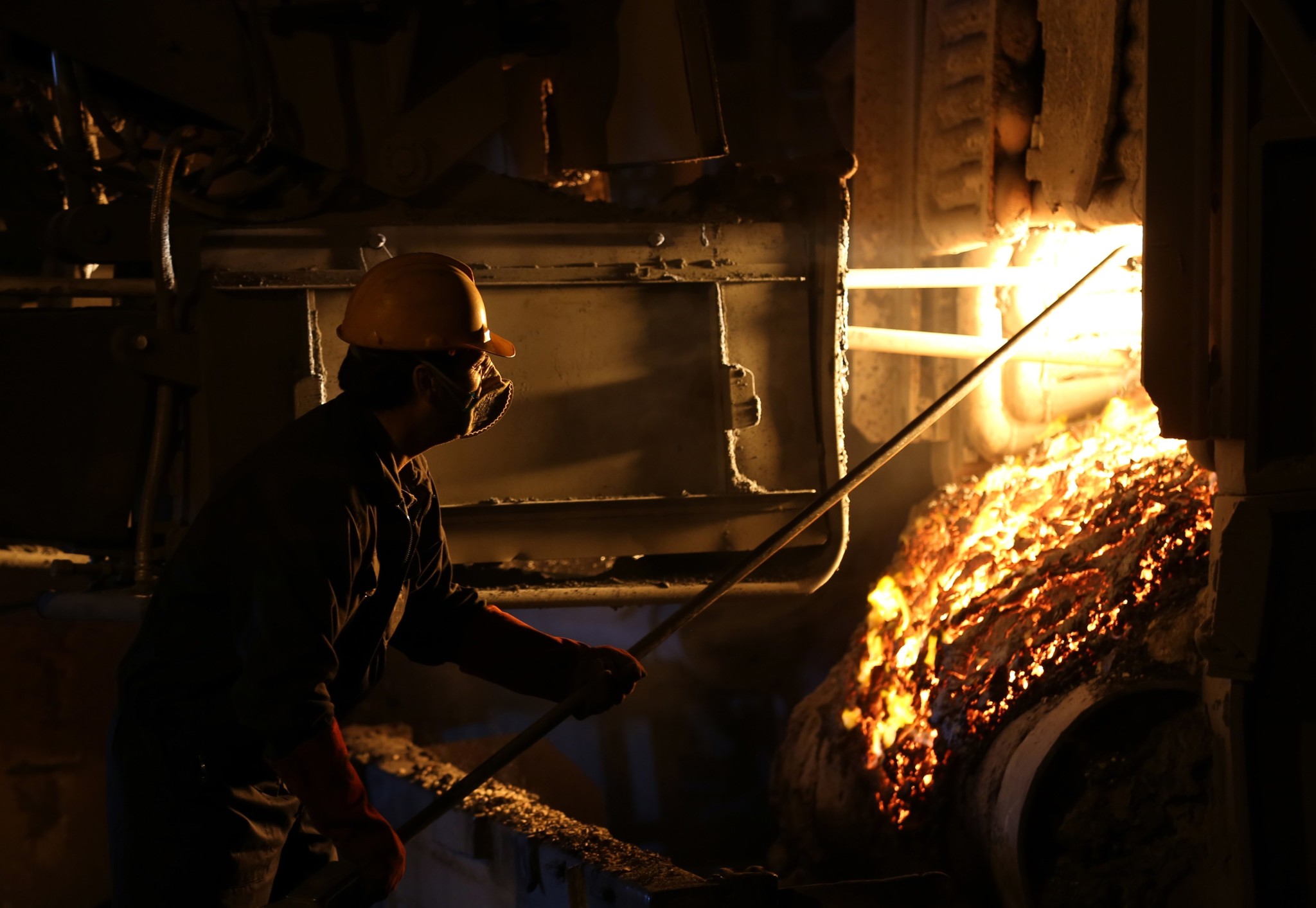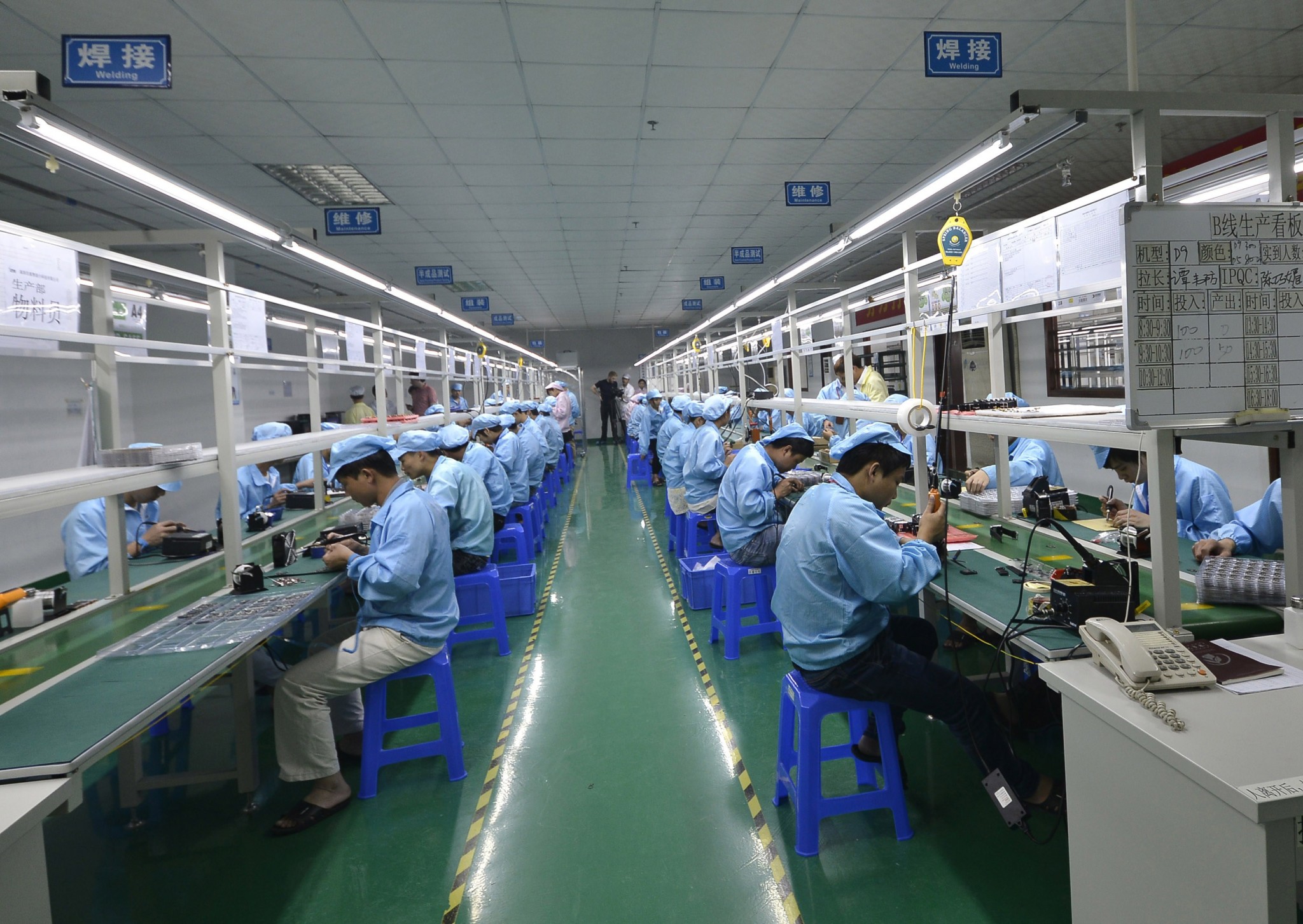We live in turbulent times and the recent boom years of the Swiss watch industry appear to be behind us, for the moment at least. But what caused the contracting markets and falling exports that we’ve witnessed over the last year? WatchPro editor James Buttery investigates this perfect storm.
In the first fifteen years of the new Millennium the Swiss watch industry more than doubled in size, expanding from a concern that exported CHF 10.3bn CHF (£7.4bn) worth of watches each year to one who’s foreign sales were worth CHF 22.25bn (£15.8bn) annually by 2014.
The fact that these figures relate to trade prices also gives an indication of how big the industry became, perhaps not big by modern tech standards, but not bad for an industry that had been completely written off just 30 years earlier.
Quartz Crisis
After the new technology of the quartz crisis continued to wash over the centuries-old mechanical watch industry throughout the 1970s, brand upon brand was taken to the verge of bankruptcy or beyond. It wasn’t because the Swiss were caught off guard by new technology developed by the Japanese, the Swiss had been developing similar technology for at least as long; they simply weren’t as adept at industrialising quartz. Where the Japanese made sound business decisions, the Swiss failed to.
Rebirth
One man more than any other was responsible for reformulating the moribund business model that had seen the Swiss crumble in the face of more nimble competition. In 1979 Swiss/Lebanese business consultant Nicolas Hayek Snr was called in by a group of Swiss banks to evaluate the state of the Swiss watch industry and liquidate two of its biggest businesses, ASUAG and SSIH.
Instead of doing as instructed, Hayek set about merging the two conglomerates, which between them accounted for over 100 separate businesses, streamlining and modernising their business practices and introducing standardisation to vastly improve economies of scale. He also doubled prices and pushed the Swiss made message signalling that watches, which had once been an everyday item, would now be a luxury purchase. Simultaneously Hayek was developing the Swatch business model, a colourful, modern, fashionable quartz watch that would sell for around £30.
Hayek later acquired a majority share in the newly renamed SMH with a group of investors; it would later be known as Swatch Group.
Hayek had correctly read the shifting sands of the industrial landscape and positioned his newly acquired business to both capitalise on the new quartz technology, whilst at the same time reimagining mechanical watches as a desirable, luxury commodity. Hayek was not alone in reshaping the watch industry – figures such as Marcus Margulies and Jean-Claude Biver as well as the influences of the luxury groups Richemont, LVMH and Kering all played their part – but he started the ball rolling and saw a solution where others had given up hope.
The growth of that industry between 2000 and 2014 was nothing short of phenomenal. The growth potential of the BRIC (Brazil, Russia, India, China) economies heralded an unprecedented boom. Luxury goods companies the world over chased the wealth being generated by China which had filtered through, helping to create a new middle-class who were keen to signal their newfound wealth with extravagant purchases that served to announce their success.
Signs of trouble
The first obvious signs of trouble for the Swiss watch industry emerged the day before SIHH 2015 began as the Swiss National Bank (SNB) announced the removal of a currency peg that had, for four years, artificially weakened the strength of the CHF against the Euro. Because of the global view of Switzerland as a safe haven for investors, the CHF had been steadily rising in value, which threatened the 70% of the nation’s GDP that come from exports, among them watches. In 2011 the SNB introduced the peg to protect these exports, the bank printed more CHF in order to buy Euros to maintain a constant exchange rate. Within three years the SNB had amassed nearly CHF 500bn (£350bn) of foreign currency reserves, mainly in Euros. This was a dangerous amount to be left holding should the European Central Bank take the decision to enter into a programme of quantitative easing, which it did, which would further lower the value of the Euro.
While the CHF initially skyrocketed in value against the EUR over the past 12 months, from 0.83 to 1.01, it has gradually receded in value and, at the time of going to press, the CHF was worth 0.91 EUR. While the surprise removal of the peg may have caused some short-term pain for Swiss exporters, the SNB’s decision to decouple itself from a precarious euro and allow the franc to find its own level would now seem to be working.
World economy
The last couple of years has also been something of a wild ride for international economies. Even before western sanctions over the invasion of Crimea took hold, the International Monetary Fund had advised against international investment in Russia. Falling oil prices have only exacerbated matters for recessionary Russia.
Commodities in general have tumbled globally following the slowing growth of the Chinese economy.
After three decades of double digital annual growth, the outlook in China has cooled. It is projected to grow less than seven percent this year which, while still the envy of many countries, gives huge cause for concern globally.
Manufacturing in China has slowed and with it the imports of raw commodities such as steel and oil with both industries taking a huge hit. The resulting slump in demand for oil has pushed prices through the floor – having huge implications for the Middle East market – at a time when US shale oil production had gone into overdrive. Oil prices have since gone so low that two thirds of the US shale production has been shutdown.
Upheaval
But to suggest that the Swiss watch industry is merely a blameless victim, being punished by the whims of the global economy, would be a fallacy. Hayek Snr’s millennial announcement that Swatch Group-owned movement house ETA would cease the supply of mechanical movements to anyone other than Swatch Group brands shook the watch industry to its core.
Competitors, who had been reliant on ETA ébauches (unassembled movements) suddenly wondered where their movements would come from, leading to huge, industry-wide capital investment in new manufacturing facilities. Creating a watch manufacture from scratch does not come cheap, even on the smallest scale, an investment of millions of Swiss francs would have been required to fund such a project. Watch brands of all sizes were suddenly forced into considering such action.
Apart from the clear-cut case of ETA supplying Swatch Group’s competitors, Hayek Snr’s other arguments were more surprising. He contended that a lack of competition was stifling creativity in the Swiss watch industry; that with cheap, reliable movements available from one source, all that was required to make a success of a watch brand was a sound marketing strategy. Hayek Snr suggested that others would seek to plug the gap left by ETA’s contraction and that would lead to innovation, essentially he was saying ‘necessity is the mother of invention’.
Another alternate theory suggests that Hayek Snr had one eye on China when making this decision. As ETA produced around 70% of the ébauches produced in Switzerland, Hayek Snr’s Swatch Group brands had the opportunity to leap ahead of their competitors in an emerging market that showed promise like no other. By turning off the tap they could ensure that they met their own supply requirements within China whilst competitors would have to wait years until their new manufacturing facilities, not to mention research and industrialisation procedures, came online.
The Swiss competition commission eventually sided with Hayek Snr and agreed to the move, albeit over a much longer timeframe, which was extended to 2020. As predicted one company almost immediately stepped into the breach and has been doing so ever since. At the time of the 2002 announcement Sellita assembled a huge number of the ébauches for ETA; if the firm had maintained that business model, it wouldn’t have survived long. Instead, the following year, Sellita announced that it would begin producing its own movements. While this might not involve much in the way of innovation as Sellita based its SW200 on ETA’s 2824-2 – its patents having long-since expired – it did point to Hayek Snr’s argument being sound.
In the intervening years Sellita has been joined by a small band of movement manufactures supplying all sectors of the watch industry with ready to use movements. Festina-owned Soprod, Concepto, Technotime, La Joux-Perret and Vaucher Manufacture have all increased their ability to supply watch brands with complete movements.
Oversupply
Supply increased massively as many watch brands studiously joined the ranks of manufacture in producing the majority of their own components. That wouldn’t be a problem as long as the boom continued.
However, China cooled – Chinese and Hong Kong imports of Swiss watches have contracted by CHF 1.02bn (£718m) in the past 12 months alone – and the demand that had been predicted was nowhere to be seen.
None of the watch brand chief executives that WatchPro has spoken to in recent years has pointed to any difficulty in finding a supply of third party mechanical movements.
“You can have anything you want.” Stéphane Waser, chief executive of Maurice Lacroix, recently told us. “The grey market is full of movements, you don’t have any issues.”
Whether you see ETA’s move as having been a success or a failure depends entirely on what you accept as Hayek Snr’s original motivation. There is certainly far more varied development in the watch industry today with the use of new materials, refinements to traditional solutions and entirely new approaches to horological solutions. Revolutionary new escapements now seem to be announced with alarming frequency.
Competing channels
Compounding matters for retailers, consumers began to look at vintage and pre-owned watches like never before and while people were looking at Omegas from the 70s and Rolexes from the 50s they were not looking at new stock.
While there have always been collectors of vintage watches, it had always been more of a niche pursuit than a mainstream, high street experience.
While at the helm of Tudor, Davide Cerrato explained at SalonQP in 2014 that he believed the interest in vintage was, in part, a recreation to the credit crunch and the financial crisis that followed.
Whatever the cause, vintage became big business very quickly as illustrated by the £100m that Watchfinder & Co turned over in its first ten years and the decision by Phillips auction house to invest in a new watch department. Websites such as Hodinkee managed to make the previously dusty pursuit of collecting watches sexy while Instagram only amplified that message with a filter for every occasion.
But still, even with chronic oversupply evident in the marketplace, brands pushed stock on retailers, stock they didn’t necessarily need as a condition of getting to the stock they wanted. This led to the rise of the grey market. Even until recently the grey market was a channel that would not be named, a necessary evil that allowed retailers to dump old stock and consumers to bag a bargain. Brands made vague noises of disapproval but the presence of the grey market helped keep stock moving.
Gradually the grey market expanded beyond the being an eBay trader or website recommended on a watch forum to the stage where online platform Chrono24 were hosting the sale of 230,000 luxury watches at any one time. What was initially a tolerated back channel eventually became a mainstream channel last year when, in a complete reversal, the grey market made it to the high street when Chronext opened a store on London’s Piccadilly.
While many brands will find the grey market a mutually beneficial partner, there are others that will eventually find their carefully maintained prestige being eroded by the way in which their watches are being sold, listed next to a discount percentage and how long before that price becomes the new RRP? The problems that the luxury watch industry currently faces are many, but they are not insurmountable. The brands have been making hay while the sun shines for too long and will have to look to their own practices to steer themselves out of these troubled waters. Prudence and sound business strategy – unfashionable concepts in the larger-than-life luxury goods sector – are what’s needed. It will have to be the brands, just as much as the retailers, who concern themselves with sell-through rather than just pushing sell-in.
There’s a glut of stagnant stock plugging up the industry that isn’t going to be sold by monobrand boutiques. The brands need to work with their retailers now more than ever to prevent permanent damage being done to the industry.
This article was taken from the September 2012 issue of WatchPro magazine, out now. To view a digital version of the magazine click here.



